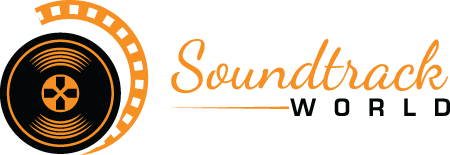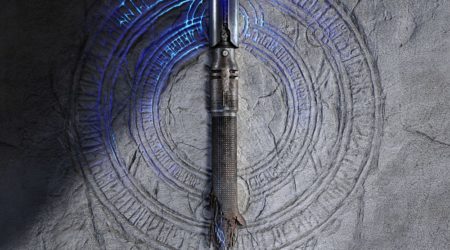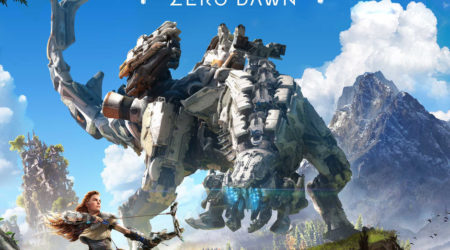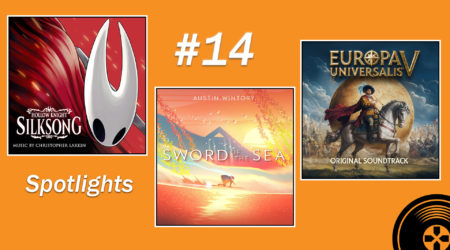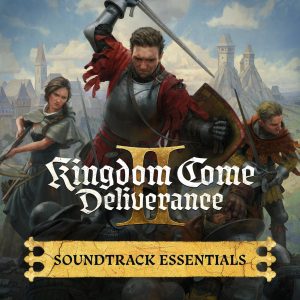
Making a successful video game has become more challenging in recent years. I have been following video games for many years now, and a lot of them have failed to sell well, especially the ones from the big game studios that want to focus on big multiplayer games that would hook gamers for many years, with their playtime and their money for all kinds of microtransactions. Luckily, games are still being made that offer hours of excellent entertainment without asking for any extra money, as is the case with Kingdom Come: Deliverance II.
As the name suggests, Kingdom Come: Deliverance II is a sequel to Kingdom Come: Deliverance. It is a role-playing game in which you play as Henry in the early 15th century in the Kingdom of Bohemia. It was developed by Warhorse Studios, which is also based in that same area. This game stands out because it takes the 15th century very seriously and tries to simulate life from that period as best as possible without any magical elements, which are quite common for these kinds of games. This authentic concept is reflected in the music written by Jan Valta and his cousin Adam Sporka because it is authentic, organic and not artificial, performed by a traditional orchestra, choir, and musicians playing medieval instruments.
What I love about this score is that with Warhorse Studios being based in Prague, it could use all the strengths the city has to offer, with it being the home to many symphony orchestras and choirs. The music for Kingdom Come: Deliverance II is performed by the Warhorse Studio Orchestra and Choir, which I assume is a selection from a large group of musicians Prague has to offer. What I also love about the soundtrack is that it is recorded in the Rudolfinum, one of the most extraordinary concert venues with excellent acoustics I have visited, which can be heard in the quality of the music on this album.
With the album’s title being ‘Soundtrack Essentials,’ means that you can listen to a wonderfully curated collection of amazing pieces on the album. The highlights for me are definitely the choir pieces, with “Saint Barbara Theme,” “The Trek,” “Recordare” and “Lacrimosa” as fantastic examples. Other tracks you should pay attention to are the orchestral pieces, like, for instance, “Pastoral” and “Kuttenberg Theme” or tracks with only medieval instruments like “The Hole in the Wall.” You can, of course, only listen to these examples I have laid out here, but I encourage you to explore the whole album because almost every track is a delight to listen to. While listening to this music, I fantasized how amazing it would be to hear the Warhorse Studio Orchestra and Choir perform this music live at the Rudolfinum. If that ever happens, I will do my very best to attend.
Listen or buy
- Buy this soundtrack from Amazon or Apple Music
- Listen to this soundtrack on Spotify
Tracklist
The highlights are in bold.
- Saint Barbara Theme (2:28)
- The Trek (2:44)
- Brutal Ambush (2:33)
- Apollonia Theme (2:19)
- Semine Theme (2:15)
- Nuptials (2:28)
- Pastoral (2:25)
- Recordare (2:10)
- Nebakov March (1:30)
- Word of Honour (1:18)
- Fistcuffs, then Gallop (2:06)
- Godwin Intervenes + The Gathering Foe (3:55)
- A Strange Farewell (1:26)
- Kuttenberg Theme (2:16)
- Road Rage (1:12)
- Trouble at Mill (2:33)
- Giardini Estivi (1:43)
- Kuttenberg Market (2:48)
- Family Reunion (1:30)
- The Hole in the Wall (1:48)
- God’s Finger (1:12)
- Soldiers’ Camp (2:59)
- Church Affairs + Latin Lesson (2:26)
- Flee! (3:06)
- Burgher, Commoner and Lord (1:38)
- Bustling Streets (2:07)
- Kuttenberg Nocturne (3:00)
- Defiant Stand + Fight Fire with Fire (3:01)
- Trapped + Hell Let Loose (3:48)
- Agnus Dei (2:45)
- Lacrimosa (1:43)
- Beneath the Stars + Facing the Foe (4:52)
- We Made It (1:35)
- Fond Farewell + Father and Son (3:12)
- Ode to Henry (1:38)
Total length: 1 hour and 22 minutes
Warhorse Studios (2025)
